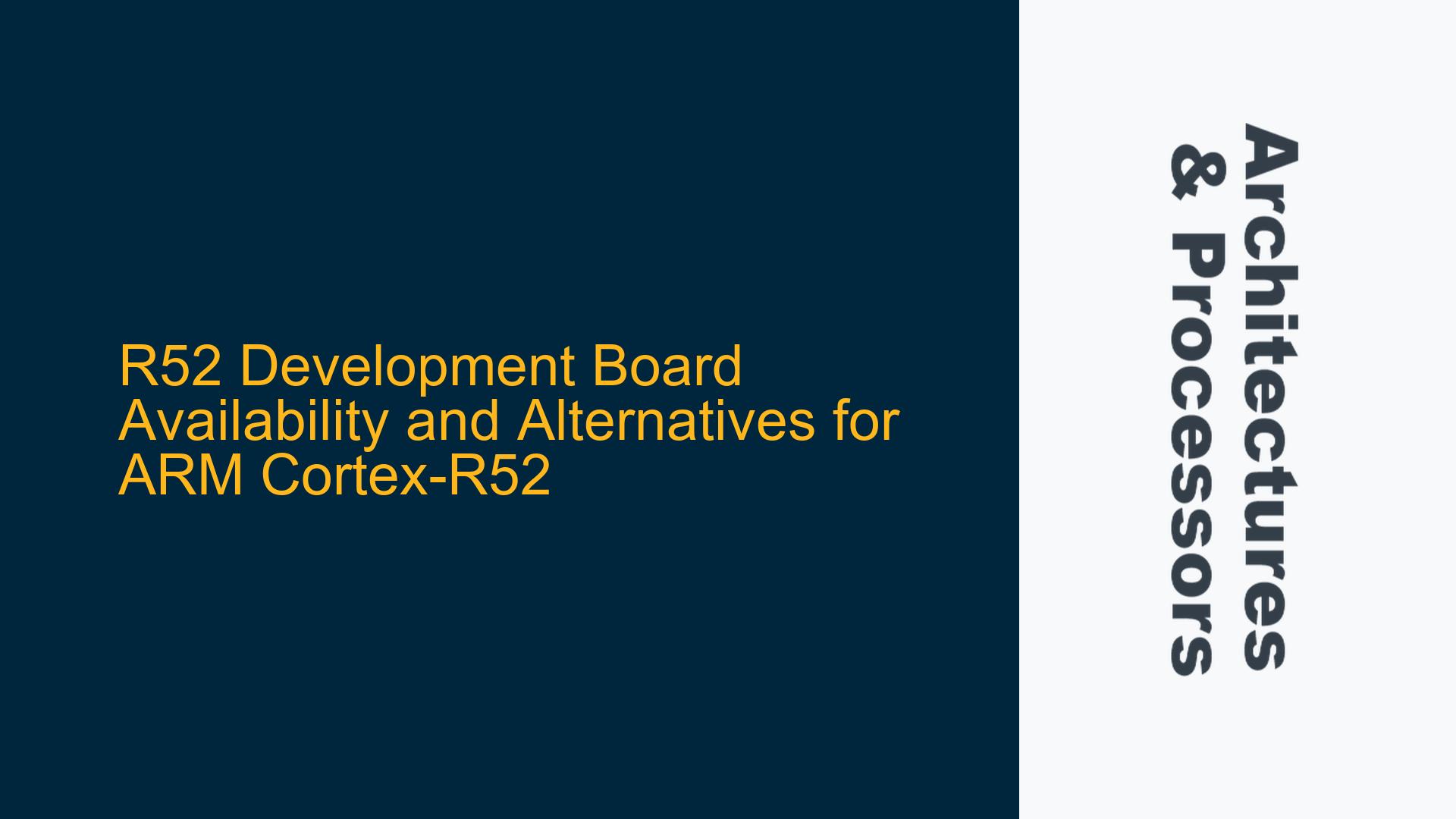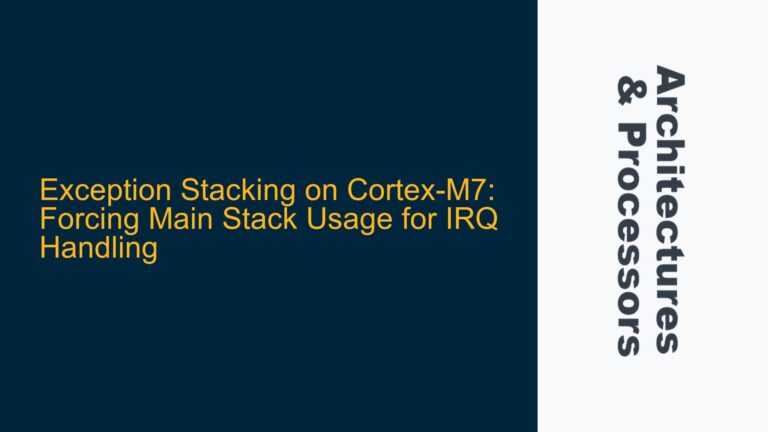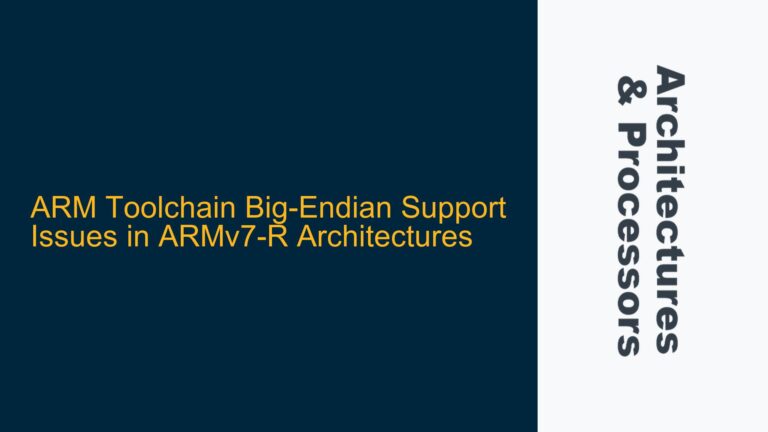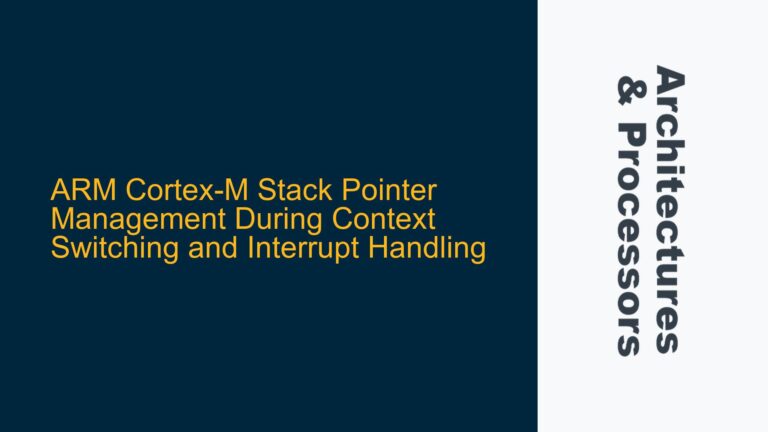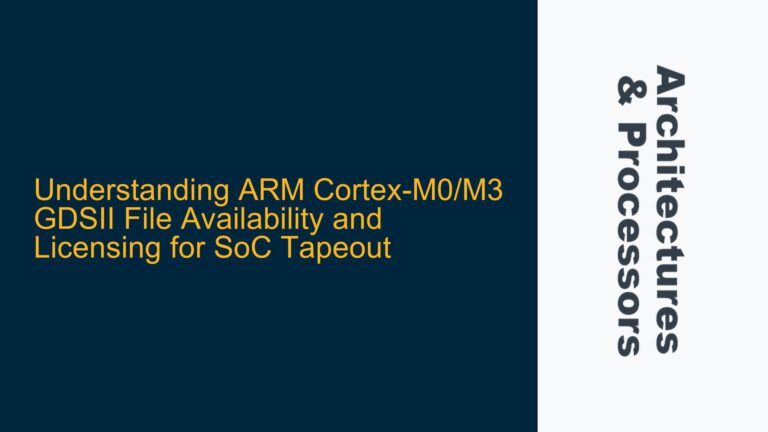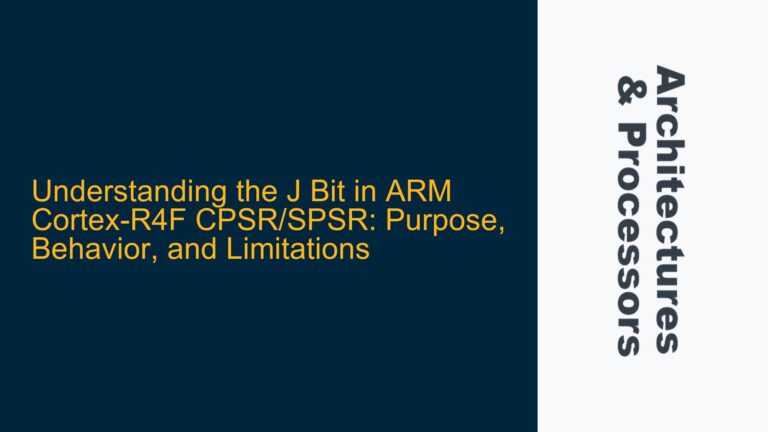ARM Cortex-R52 Development Board Scarcity and Market Challenges
The ARM Cortex-R52 is a high-performance real-time processor designed for safety-critical applications, such as automotive, industrial control, and medical devices. Despite its robust feature set, including dual-core lockstep, virtualization support, and advanced fault tolerance, the availability of development boards featuring the Cortex-R52 is notably limited. This scarcity poses a significant challenge for developers and engineers seeking to prototype or evaluate the Cortex-R52 for their projects. The primary issue stems from the niche market for safety-critical applications, which often requires custom solutions and rigorous certification processes. As a result, development boards for the Cortex-R52 are not as widely available as those for more general-purpose ARM cores like the Cortex-A or Cortex-M series.
The NXP GreenBox is one of the few development platforms that incorporate the Cortex-R52, but it is targeted at approved customers, typically those in the automotive industry. This restriction limits access for smaller companies, independent developers, or those working on non-automotive applications. Additionally, the GreenBox is a comprehensive solution that may exceed the requirements of many developers, making it an impractical choice for those seeking a more straightforward evaluation platform. Another option is the ARM MPS3 FPGA prototyping board, which can be configured to emulate the Cortex-R52. However, the MPS3 board has faced availability issues, further complicating access to Cortex-R52 development resources.
The limited availability of Cortex-R52 development boards can be attributed to several factors. First, the Cortex-R52 is a relatively new processor, and development boards often lag behind the release of new architectures. Second, the target market for the Cortex-R52 is highly specialized, reducing the incentive for manufacturers to produce general-purpose development boards. Finally, the stringent requirements for safety-critical applications mean that development boards must undergo extensive testing and certification, increasing the time and cost required to bring them to market.
NXP GreenBox Limitations and MPS3 FPGA Prototyping Board Shortages
The NXP GreenBox is a powerful development platform designed for automotive applications, featuring the Cortex-R52 alongside other processors and peripherals. However, its availability is restricted to approved customers, primarily those in the automotive industry. This restriction is due to the GreenBox’s focus on meeting the stringent requirements of automotive safety standards, such as ISO 26262. While this makes the GreenBox an excellent choice for automotive developers, it limits access for those working in other industries or on smaller projects. Additionally, the GreenBox’s comprehensive feature set, which includes advanced debugging tools and support for automotive communication protocols, may be overkill for developers seeking a simpler evaluation platform.
The ARM MPS3 FPGA prototyping board offers an alternative for developers looking to work with the Cortex-R52. The MPS3 board allows users to configure an FPGA to emulate the Cortex-R52, providing a flexible and customizable development environment. However, the MPS3 board has faced availability issues, with periodic shortages making it difficult for developers to obtain. These shortages are likely due to the high demand for FPGA prototyping boards across various industries, as well as the complexities involved in manufacturing and distributing such specialized hardware.
The combination of limited availability and high demand for Cortex-R52 development boards has created a challenging environment for developers. Those seeking to work with the Cortex-R52 must navigate a landscape of restricted access, over-specified hardware, and periodic shortages. This situation underscores the need for alternative solutions, such as custom development boards or software-based emulation, to bridge the gap until more accessible options become available.
Exploring Custom Development Boards and Software Emulation Alternatives
Given the challenges associated with obtaining commercially available Cortex-R52 development boards, developers may need to consider alternative approaches to working with the Cortex-R52. One option is to design and build a custom development board tailored to specific project requirements. While this approach requires significant expertise in hardware design and ARM architecture, it offers the advantage of complete control over the board’s features and capabilities. Custom development boards can be designed to include only the necessary components, reducing cost and complexity compared to over-specified solutions like the NXP GreenBox.
Another alternative is to use software-based emulation to evaluate the Cortex-R52. Emulation tools, such as ARM Fast Models or QEMU, allow developers to run Cortex-R52 software on a host machine without the need for physical hardware. While emulation cannot fully replicate the performance and behavior of actual hardware, it provides a valuable tool for early-stage development, software testing, and debugging. Emulation can be particularly useful for developers who are unable to obtain a physical development board due to availability issues or budget constraints.
In addition to custom development boards and software emulation, developers may also consider collaborating with ARM or its partners to gain access to Cortex-R52 development resources. ARM offers a range of support programs and partnerships that can provide access to development boards, software tools, and technical expertise. By leveraging these resources, developers can overcome the challenges associated with obtaining Cortex-R52 development boards and accelerate their projects.
The scarcity of Cortex-R52 development boards presents a significant challenge for developers, but it also highlights the importance of exploring alternative solutions. Whether through custom hardware design, software emulation, or collaboration with ARM and its partners, developers can find ways to work with the Cortex-R52 and unlock its potential for safety-critical applications. As the market for Cortex-R52-based solutions continues to evolve, it is likely that more accessible development boards will become available, providing developers with the tools they need to bring their projects to life.
Conclusion
The ARM Cortex-R52 is a powerful processor designed for safety-critical applications, but the limited availability of development boards poses a significant challenge for developers. The NXP GreenBox and ARM MPS3 FPGA prototyping board are two of the few options available, but both have limitations in terms of accessibility and suitability for general-purpose development. Developers seeking to work with the Cortex-R52 must consider alternative approaches, such as custom development boards, software emulation, or collaboration with ARM and its partners. By exploring these alternatives, developers can overcome the challenges associated with obtaining Cortex-R52 development boards and leverage the processor’s capabilities for their projects. As the market for Cortex-R52-based solutions continues to grow, it is expected that more accessible development boards will become available, providing developers with the resources they need to succeed.
